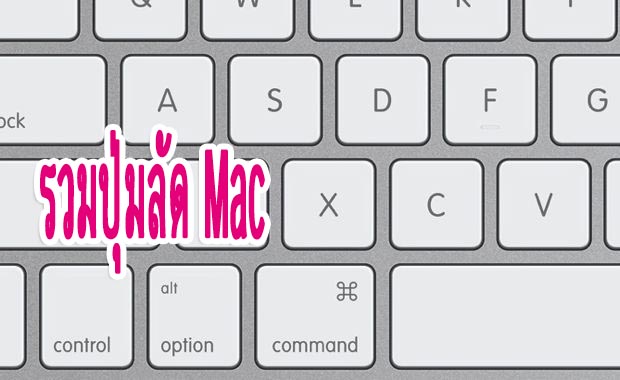
In third-party apps (like Fantastical 2, when you click on the widget, there is usually a settings icon (it looks like a gear), which you can click on to quit or disable Menu bar access. Right-click or control-click on a widget in the Menu bar.You can remove macOS status widgets if you don't use them. Over time, the Menu bar can start to get cluttered, especially when you add third party widgets. How to remove widgets from the Menu bar on the Mac Notification Center - You can set widgets in Notification Center to provide quick access to things that matter the most to you, like the weather, your daily schedule, iTunes control, and special content from some third-party apps. Siri - With Siri on the Mac, you can use the personal digital assistant to look up information, add events to the calendar, set reminders, and a whole lot more.You can type anything into the Spotlight search and you will almost definitely find what you are looking for. Spotlight - Spotlight is the Mac's system-wide and online search tool. System status menu - The System status menu includes third-party widgets that you can download from the Mac App Store, the volume controls, Wi-Fi status, AirPlay, the battery (on laptops), and the date and time.When an app is open and in use, you'll see such categories as File, Edit, View, Window, Help, and more. Apple menu - This is where you find important system tools and features, like information about your Mac, System Preferences, access to the App Store (and whether there are updates for apps), recently opened items, a shortcut to putting your Mac to sleep, restarting your Mac, shutting down your Mac, and logging out of your account.Īpp menu - Just past the Apple menu icon is the currently-selected app menu.Messing with permissions can cause access problems, security problems, or both.The best way to make the most out of the Menu bar on the Mac is to get to know what's on it. It's not really something you want to touch if you're not very sure what you're doing. There's a reason this feature is "locked" against casual access. But when you are not the owner, you'll have to unlock this option to change the permissions.
most of the files in your own user folder such as your Desktop and Documents folders.

Note that you are always allowed to change permissions (whether the icon is locked or unlocked) when you (your user) is the owner of the file - e.g. This is a feature of the underlying Unix operating system that allows different privileges for a user, group, and others. After you provide it, the system will allow you to change the permissions for that file or folder in that "Sharing & Permissions" pane you see at the bottom of the Get Info window. Clicking the lock icon will prompt you for an admin password.


 0 kommentar(er)
0 kommentar(er)
